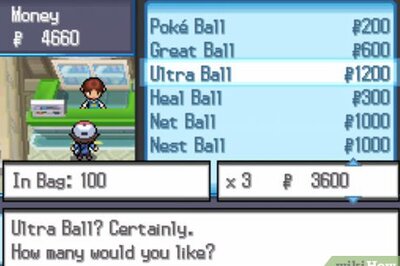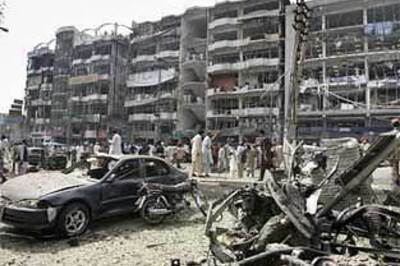
views
The value of fake Indian currency notes seized in 2017 was estimated to be at Rs 28.1 crore, clocking a significant 76.5 per cent increase from 2016, when Rs 15.9 crore worth of counterfeit currency was seized by law enforcement agencies, the latest Crime in India-2017 report has revealed.
As per the data, at almost Rs 14.98 crore, more than half of the total value of money seized was accounted for by the Rs 2,000 notes, which were introduced in November 2016 after Prime Minister Narendra Modi announced the demonetisation of Rs 500 and Rs 1,000 banknotes.
Across denominations, a total of 3, 55,994 notes were seized in 2017 -- registering an increase of 26.3 per cent from 2016 -- when 2, 81,839 fake notes were seized.
When the Narendra Modi-led government at the Centre had announced the policy of demonetizsation, several BJP leaders and officials had claimed that the exercise was targeted at curbing fake currency rackets and black money.
However, of the total currency that was seized in 2017, 74,898 were Rs 2,000 notes and 65,731 were Rs 1,000 notes. Apart from this, 1, 02,815 were old Rs 500 notes, whereas 8,879 were new Rs 500 notes and 92,778 were Rs 100 notes with the remaining belonging to other denominations.
Similarly, in 2016, a total of 2,272 counterfeit Rs 2000 notes were seized over 53 days since their launch in November till December 31.
Madan Sabnavis, chief economist at CARE ratings, said that higher value of the Rs 2000 bill, and the scarcity of notes initially in the market, made it an attractive choice for counterfeiters.
"Fake currency is always a challenge and more so, when we have new currency notes brought in like the present series,” he said.
This, he explains, is because counterfeiters can get away as the receivers are not entirely familiar with such notes and thus, cannot identify such currency. “Also, 2000 rupee notes are easier for counterfeiters because in value terms they carry higher weight," he added.
History reveals that practices of counterfeiting tend to taper off over time, as people begin to familiarise themselves with the currency. “But nonetheless, this, for sure will be a challenge for as long as people are not fully familiar with such notes, getting tricked into accepting them as payment,” Sabnavis said.
Looking at the state-wise breakup, Gujarat recorded the highest value of fake currency seized at Rs 9 crore (32 per cent of total) even as the state accounted for over 40 per cent of the total Rs 2,000 notes seized in the country. In terms of overall value of counterfeit currency seized, Gujarat witnessed a nearly 280 per cent spike over 2016.
Gujarat was followed by Delhi with Rs 6.78 crore (24 per cent of total) worth of fake currency confiscated during 2017, a 20 per cent increase over to Rs 5.65 crore seized in 2016.
Among other states, Rs 2.86 crore, Rs 1.93 crore and Rs 1.3 crore worth of counterfeit currency was seized in Uttar Pradesh, West Bengal, and Kerala, respectively in 2017.
Crime in India report is an annual record of crimes registered in the country across categories in a calendar year. It is published by the National Crime Records Bureau (NCRB) under the Ministry of Home Affairs and the last such report for the year 2016 was released in 2017. The latest report has come after the ministry received criticism over the delay in releasing the crime statistics.




















Comments
0 comment